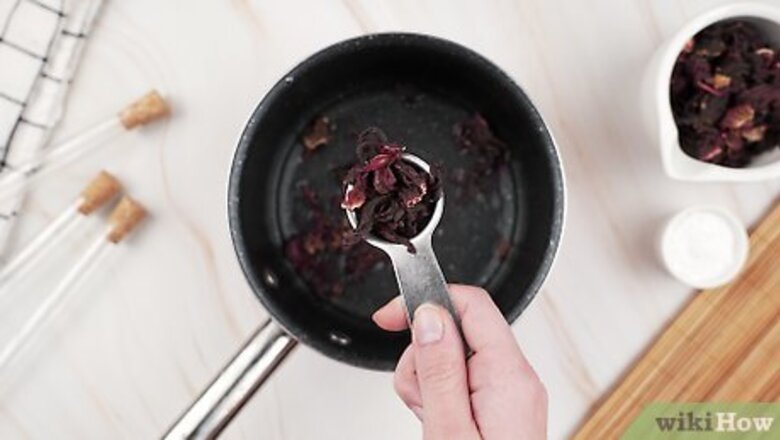
views
Combine your dried hibiscus petals with water.
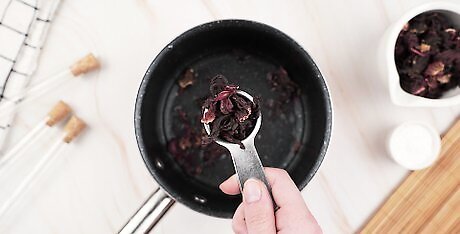
You’ll need around 2 to 3 grams of dried hibiscus petals. Place your petals in a 150 mL beaker along with 50 to 60 mL of water to start. The water won’t change colors just yet, so hang tight! If you gathered your own hibiscus flowers, gently pluck off the petals and spread them out on a paper towel. Leave the petals in the sun for 2 to 3 days until the leaves look crispy and slightly brown.
Boil the mixture for 3 to 5 minutes.
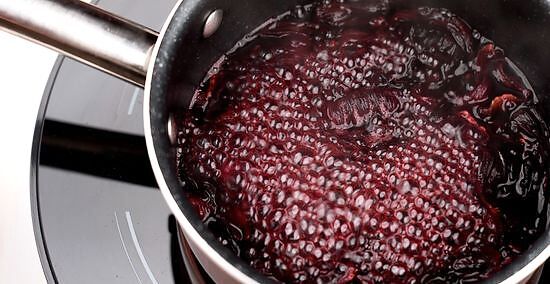
You can use a Bunsen burner or a hot plate. Place your beaker onto the burner, then turn it up high. Get the water boiling for about 5 minutes until it starts to turn dark red. No need to stir your mixture—just sit back and relax.
Cool the mixture for 5 to 10 minutes.
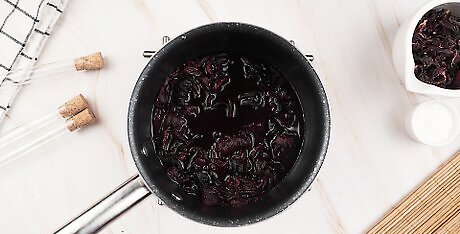
Turn off the burner and let the mixture sit. This will allow all the sediment to settle at the bottom of the pot. You can use this time to ready the rest of your equipment, like a clean beaker and a few test tubes. If you pour the liquid too early, you might end up with a chunky, lumpy indicator.
Pour the liquid into a clean beaker.
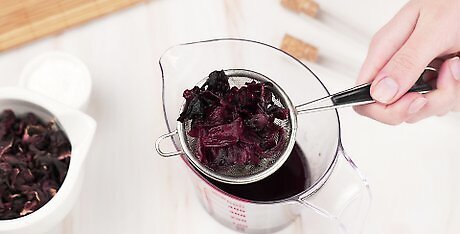
Try not to disturb the petals at the bottom of the liquid. Gently pour the liquid into a clean 100 mL beaker, separating it from the petals. If you’re having trouble, set a strainer on top of your beaker and strain the liquid instead. The liquid will be a deep red color, but you should still be able to see light shining through it.
Mix your chemical with water in a test tube.

Pick out the substance you’d like to test with your hibiscus solution. Add around 1 tsp (5.6 g) of it to the bottom of a test tube, then add 4 to 5 mL of water to the tube with a dropper. Cap the test tube with your finger and shake it up to dissolve the substrate in the water. The substance you choose is up to you, but people often use salt, window cleaner, orange juice, apple juice, or toilet bowl cleaner.
Add 4 to 5 drops of hibiscus indicator to the tube.
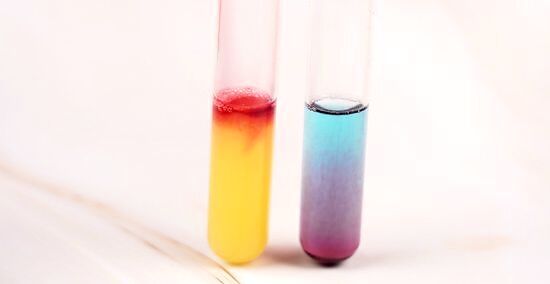
Put your indicator to the test! Use a dropper to add 4 or 5 drops of hibiscus water to the test tube. You’ll notice a color change right away as the hibiscus petals interact with the chemical. Hibiscus flowers contain the colour pigment anthocyanin, which is a natural chemical indicator.
Check the color change of the water.
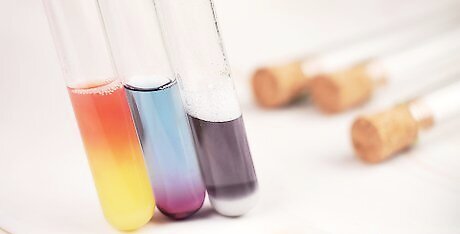
The color change will tell you if it’s acidic or basic. The pH scale ranges from 0 to 14. A pH of less than 7 indicates acidity, while a pH of more than 7 indicates a base. Anywhere from dark pink to pale pink usually indicates an acid, while dark gray to green colors usually indicate a base. The rest of the colors indicate: Dark pink: pH 2 Pink: pH 3 to pH 4 Pale pink: pH 5 Lavender: pH 6 Gray: pH 7 or pH 8 Dark gray: pH 9 Brown: pH 10 or pH 11 Green: pH 12














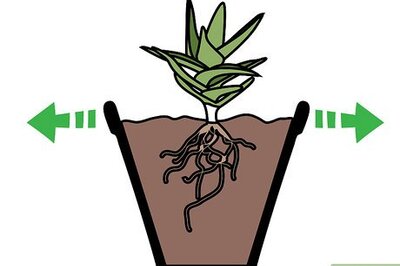





Comments
0 comment